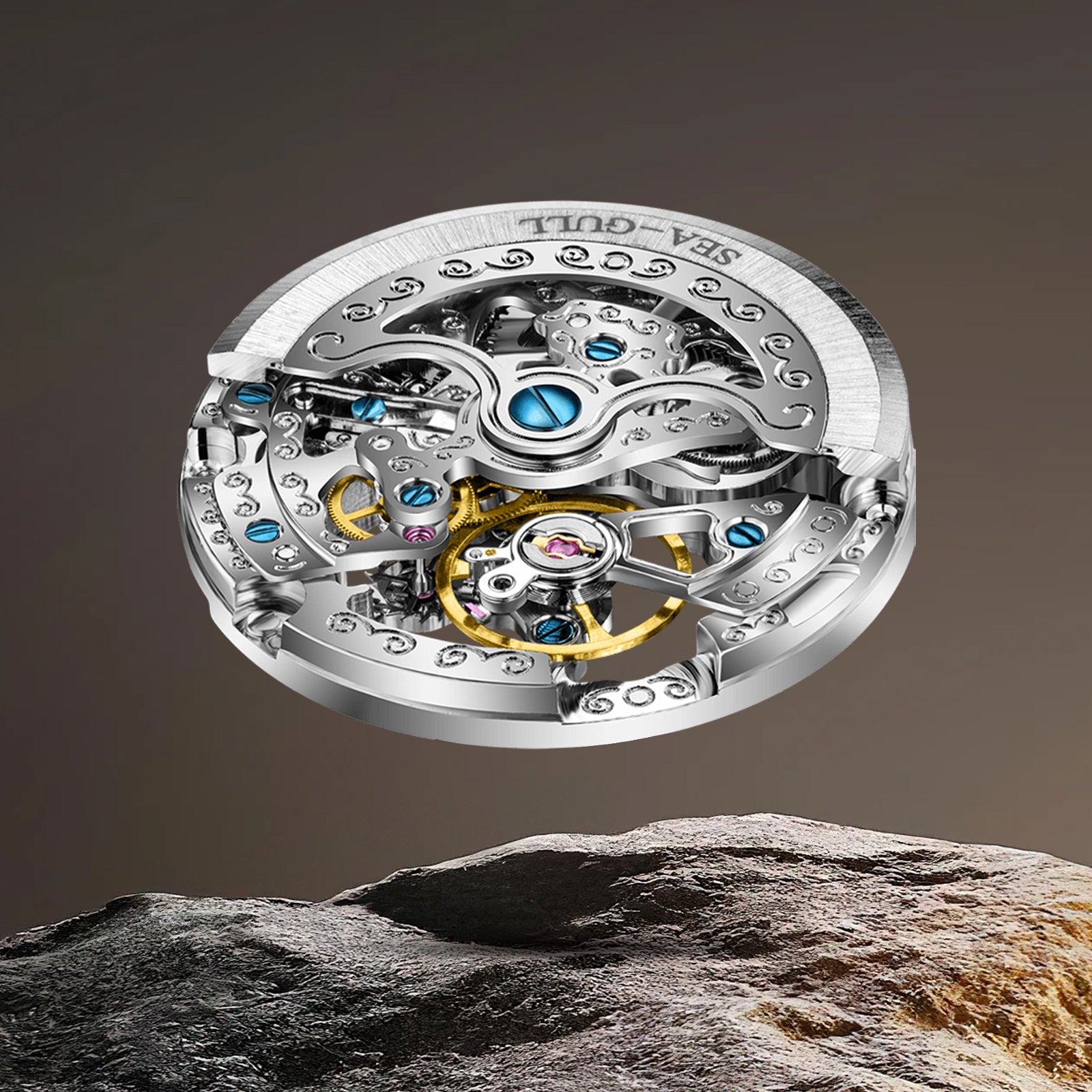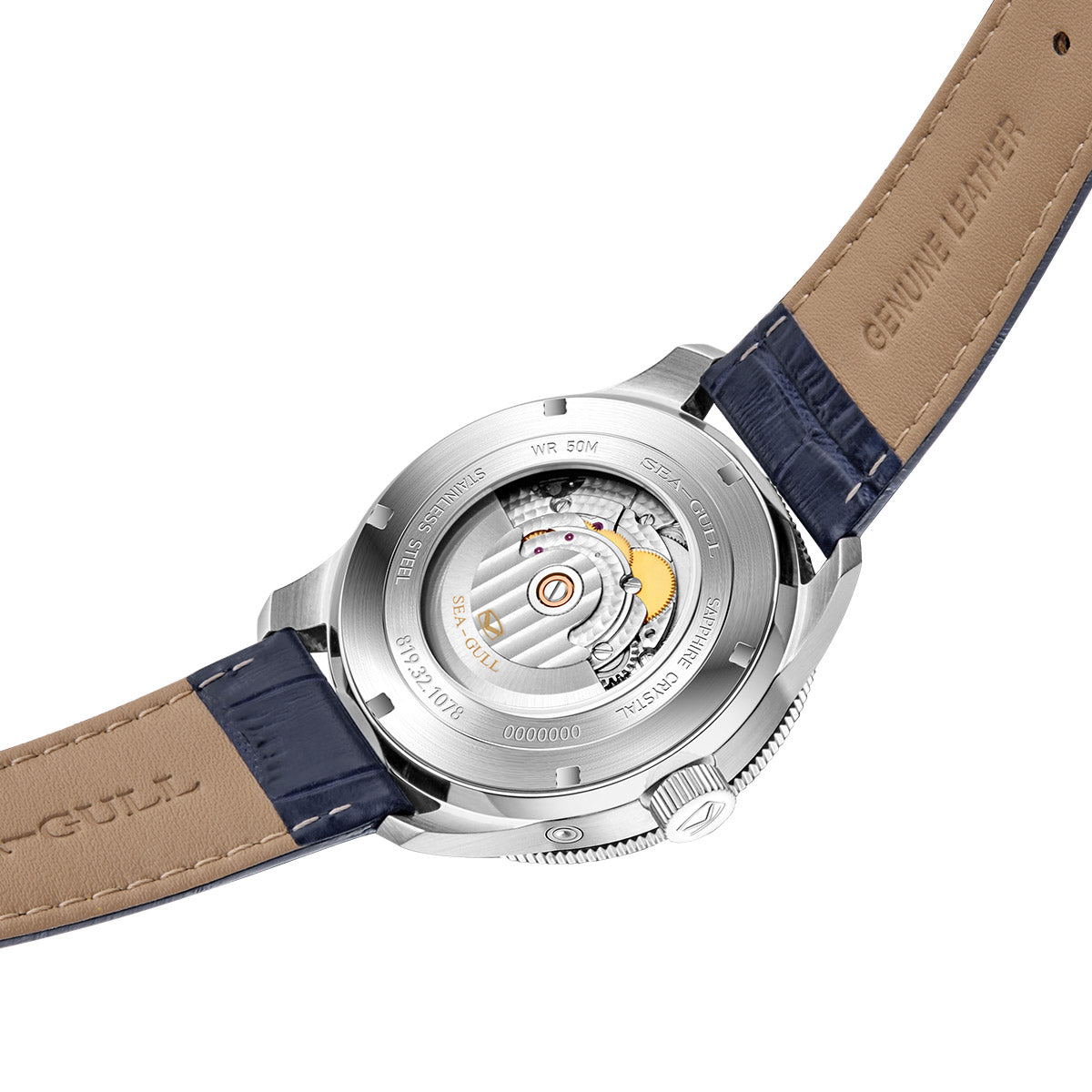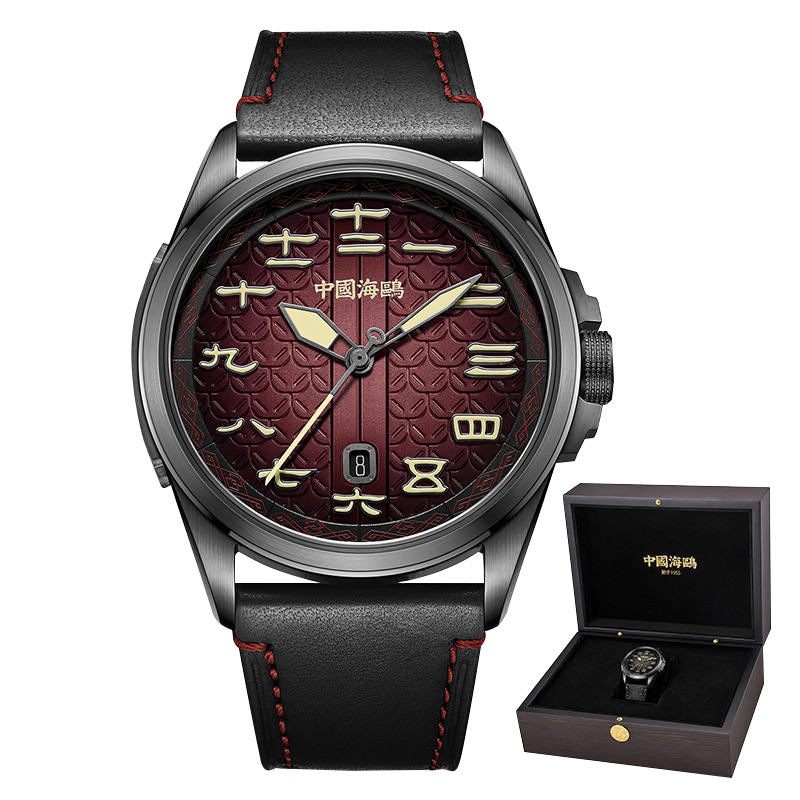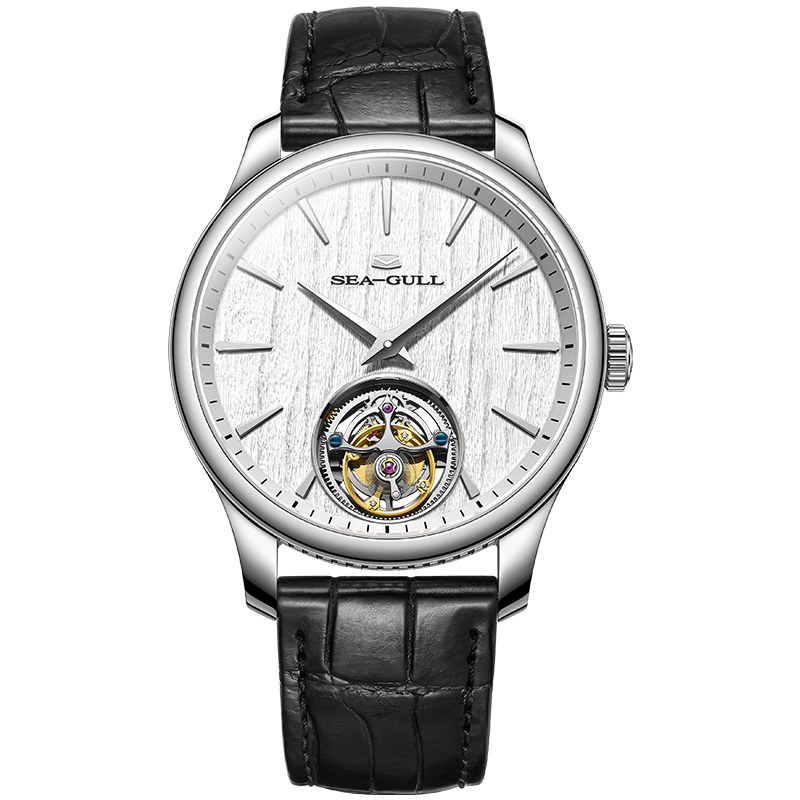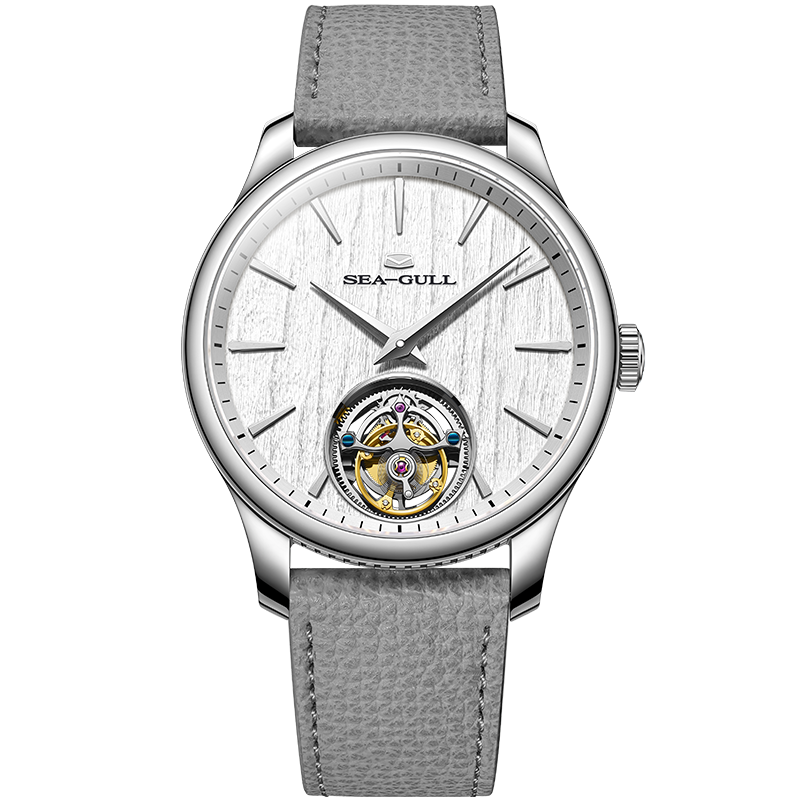Sea-Gull
Die 24 Sonnenabschnitte
Inspiriert von Jahrhunderten chinesischer saisonaler Weisheit.
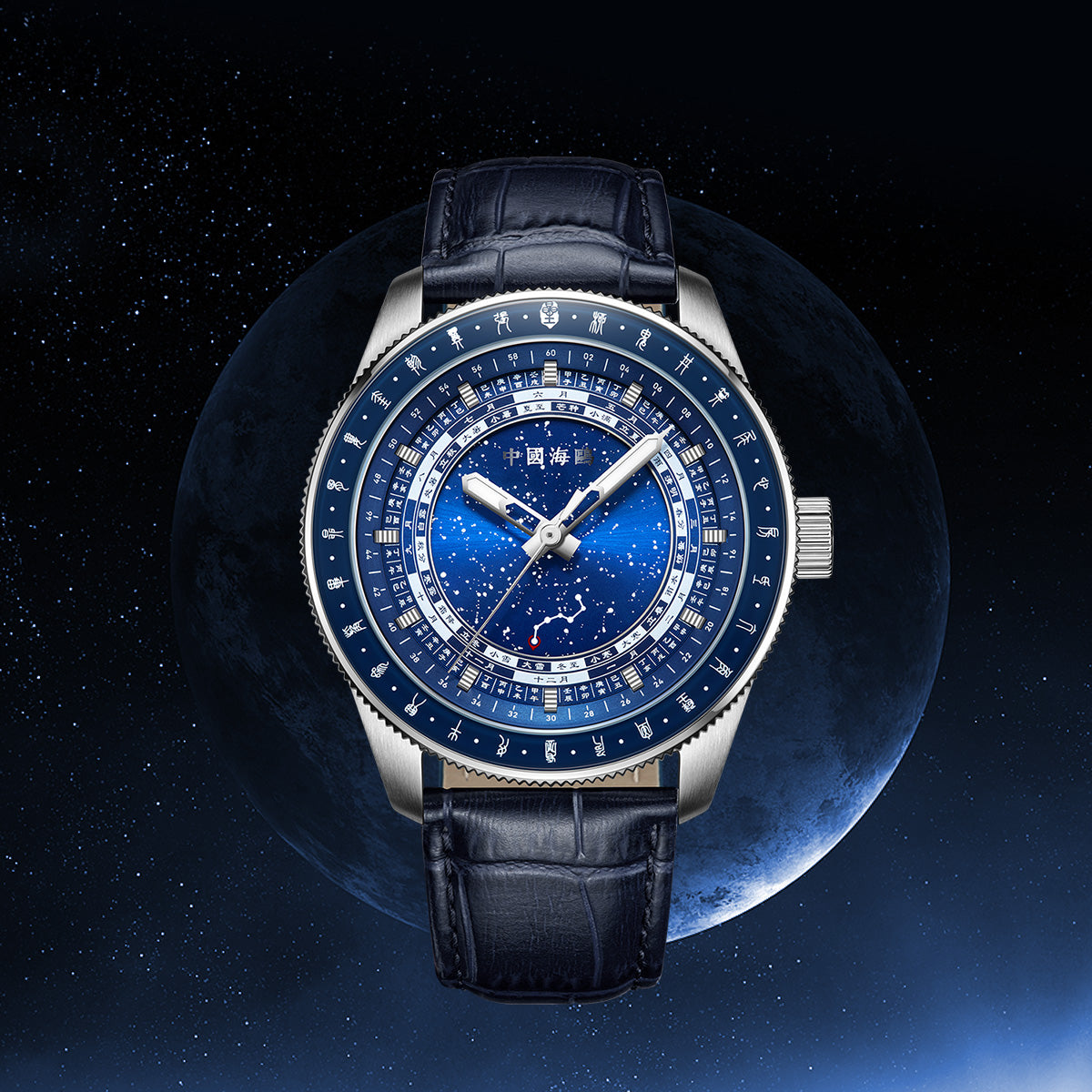
Die Harmonie von Natur und Zeit festhalten
Die 24 Solarperioden unterteilen das Jahr in 24 präzise saisonale Phasen, die historisch zur Klimabeobachtung, landwirtschaftlichen Planung und täglichen Terminierung verwendet wurden. Sie bieten eine klare, strukturierte Möglichkeit, Wetterverläufe und natürliche Zyklen zu verstehen.
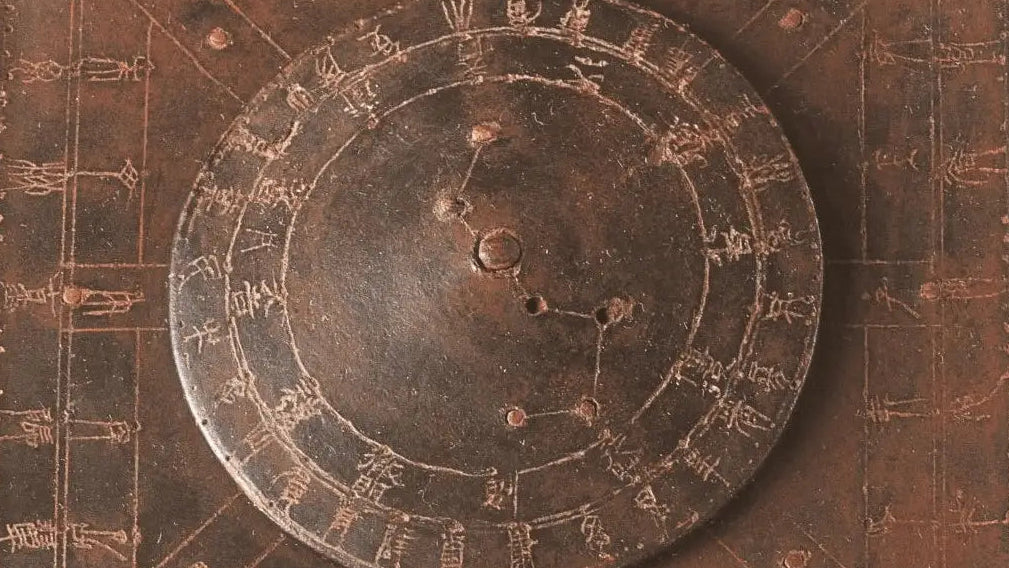
Big Dipper
4500 BC
Ancient Chinese communities relied on its dipper handle’s direction to distinguish seasons, serving as a core star-observation tool for daily timekeeping.

Lunar Calendar
1600 BC
The Shang Dynasty formalized the Lunar Calendar with moon phase records and leap months, which guided all agricultural work and traditional festival arrangements for ancient people.
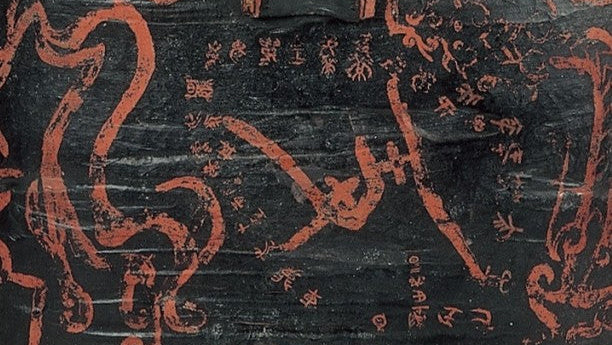
28 Mansions
433 BC
People marked 28 celestial sectors to track the sun, moon and planets, supporting farming planning, long-distance travel and ritual ceremonies.
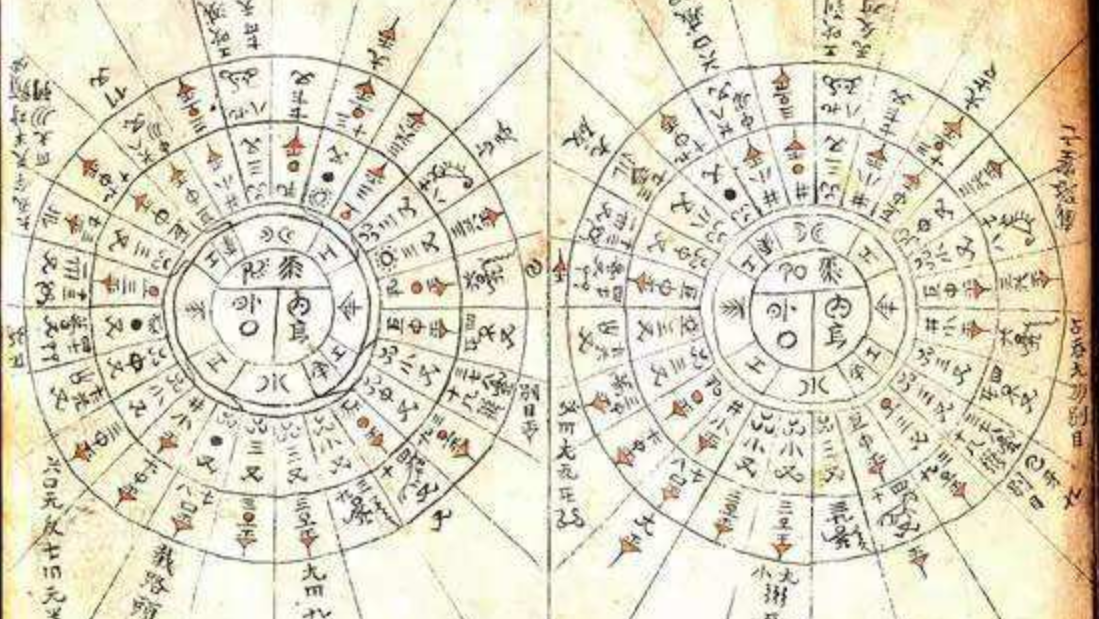
24 Solar Terms
104 BC
It was officially included in theTaichu Calendar, precisely instructing farmers on sowing, irrigating and harvesting based on solar longitude.
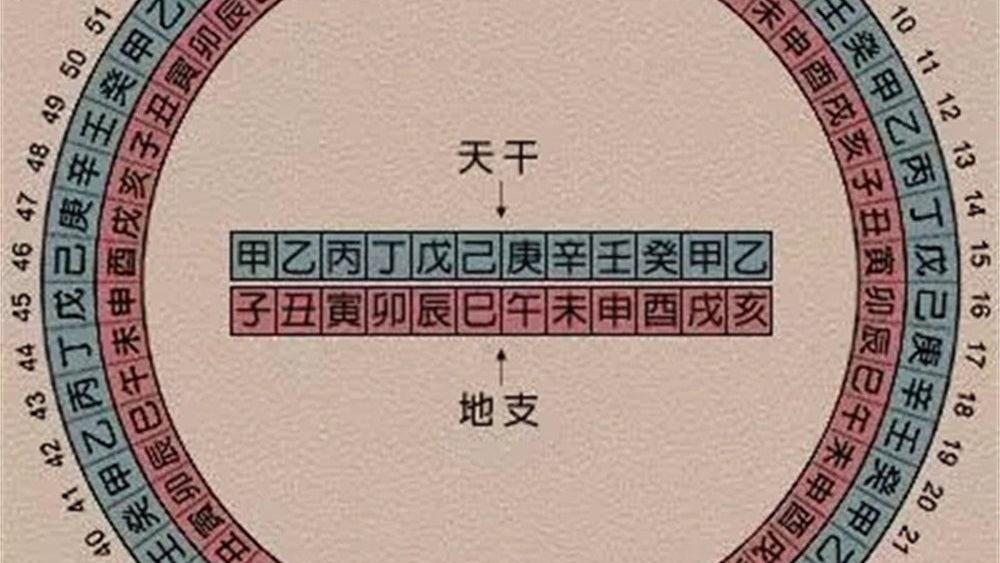
Sexagenary Cycle
85 AD
The Eastern Han Dynasty adopted it as an official chronology, recording historical events, dynastic years and individuals’ ages via a 60-year cycle.
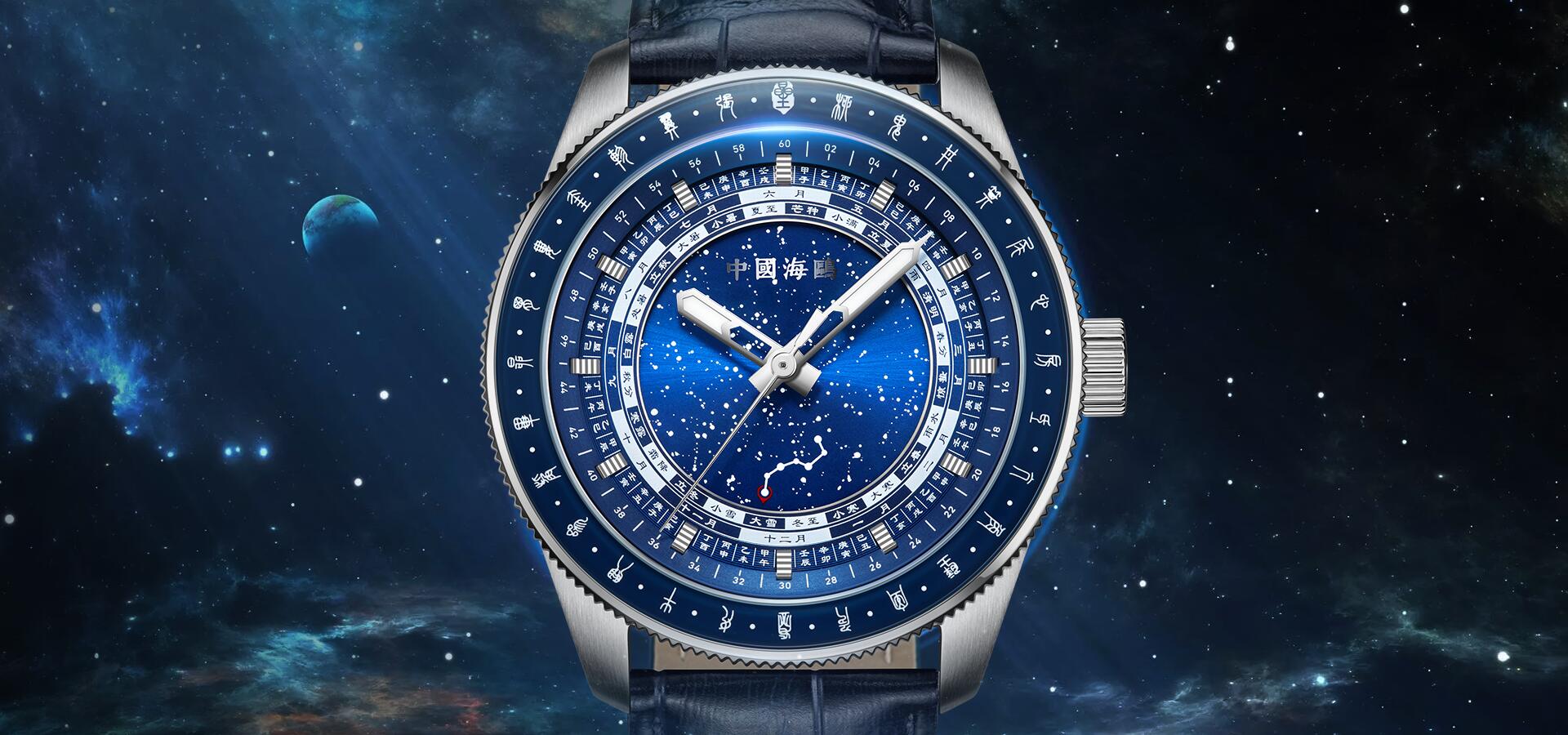
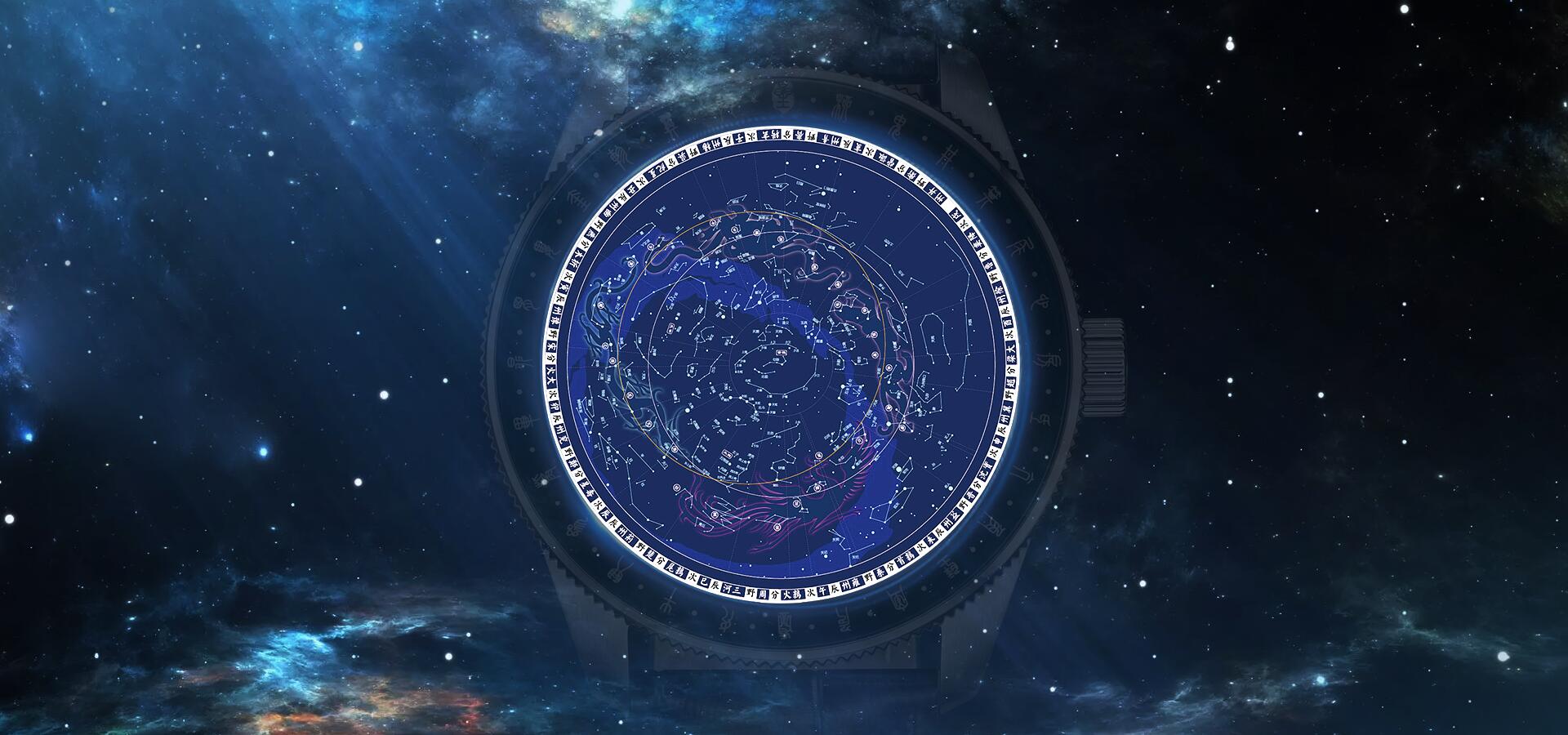
Festplattenberechnung
Durch die Beobachtung der Drehung des Großen Wagens kann man den Mondmonat, die entsprechenden 24 Sonnenabschnitte und das aktuelle Jahr im Sexagenarzyklus zu jeder Zeit berechnen.

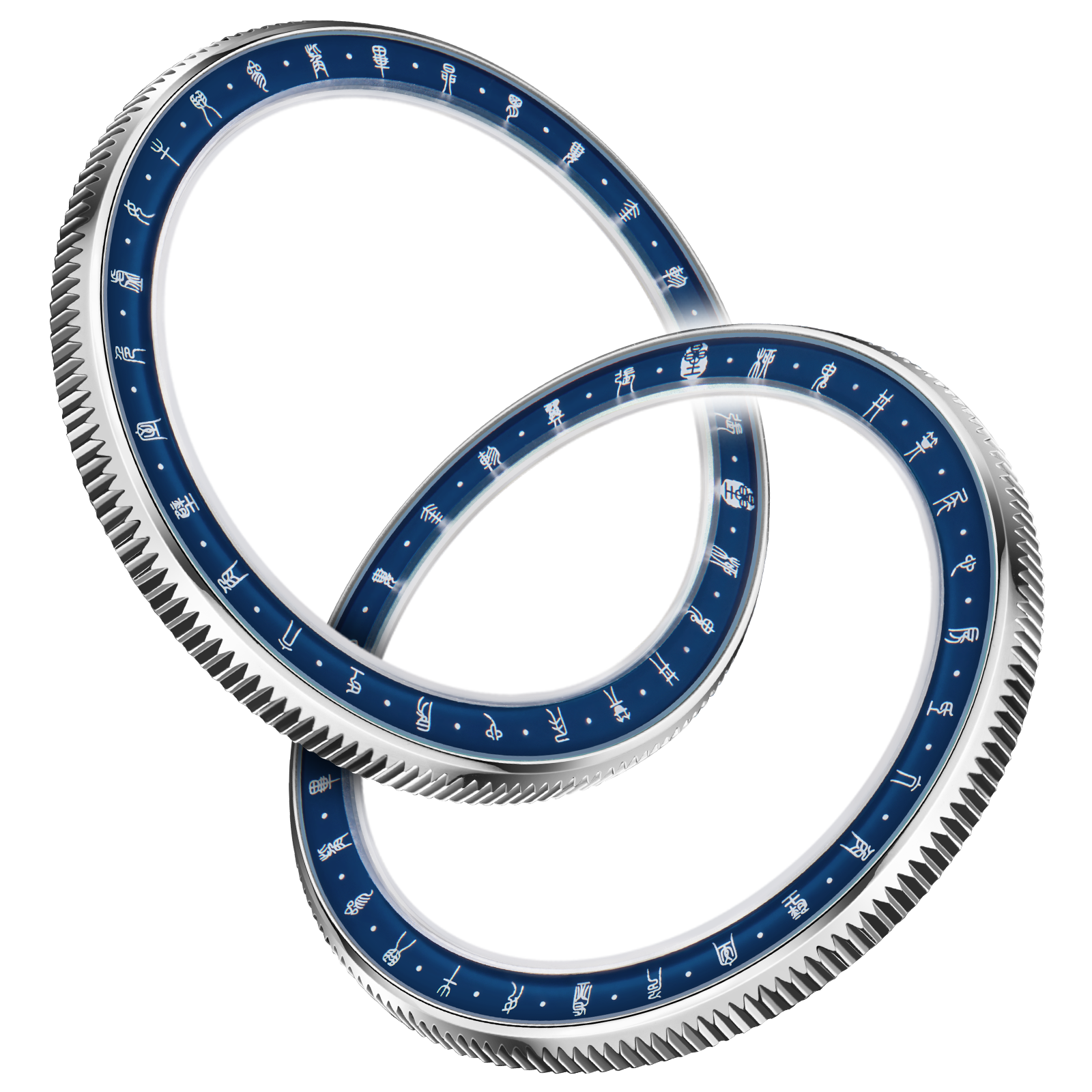
28 Mansions Seal Script
To use your watch to locate the constellations, lift the watch above your head and keep the dial perfectly horizontal—parallel to the top of your head. Then use a compass to align the watch: rotate it until the “Vermilion Bird” (the southern Seven Mansions) marking on the dial points toward true south. Once it is correctly aligned, the outer ring of the watch—marked with the 28 lunar mansions—will show the approximate direction of each constellation in the sky.
You can also use the Big Dipper indicator on the inner dial. Simply follow the direction of the Dipper’s handle, match it with the corresponding lunar-mansion marker on the outer ring, and you’ll be able to locate the position of that constellation in the night sky.
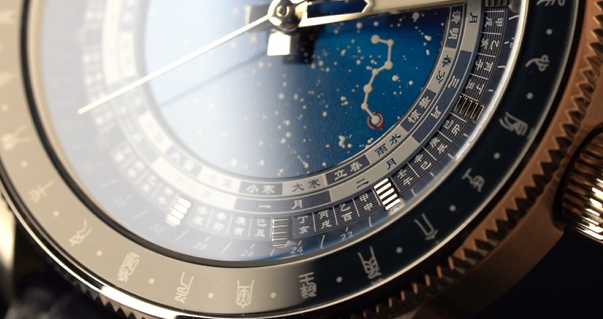
Berechnung des Sexagenarzyklus
Das Zifferblatt ist mit den Namen des 60-jährigen zyklischen Sexagenarzyklus markiert. So finden Sie ganz einfach den Ganzhi-Namen des aktuellen Jahres: Ziehen Sie von dem aktuellen Jahr 3 ab, teilen Sie das Ergebnis durch 60 und nehmen Sie den Rest. Ordnen Sie diesen Rest dem entsprechenden Namen auf dem Zifferblatt zu – fertig! Zum Beispiel: 2025 - 3 = 2022; 2022 ÷ 60 ergibt einen Rest von 42. Der 42. Eintrag ist "乙酉" (Yiyou), daher ist 2025 das Jahr "乙酉" (Yiyou). Sie können auch sofort das chinesische Tierkreiszeichen erhalten: Der Erdzweig "酉" (You) entspricht dem Hahn, somit ist es das Jahr des Hahns.
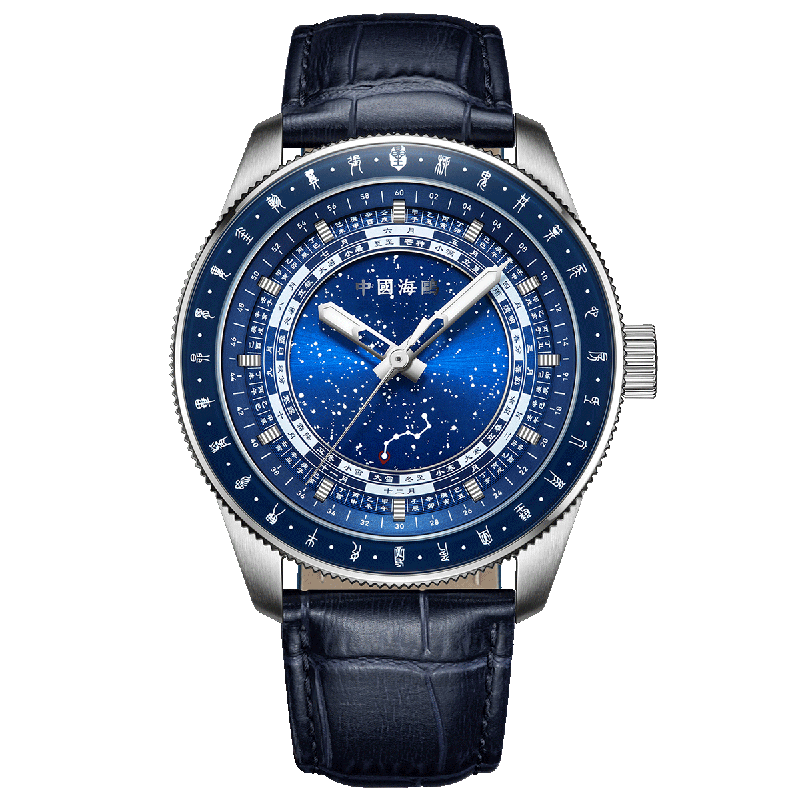
Mondkalender & 24 Sonnenabschnitte
Die Umschaltdaten der 24 Solarperioden sind im Mondkalender festgelegt. Wenn der Zeiger des Großen Wagens auf die entsprechende Solarperiode im Mondkalender zeigt, können der aktuelle Mondmonat und der Name der Solarperiode direkt abgelesen werden.
Sea-Gull
Ultra Dünner Tourbillon
Inspiriert vom chinesischen Guqin
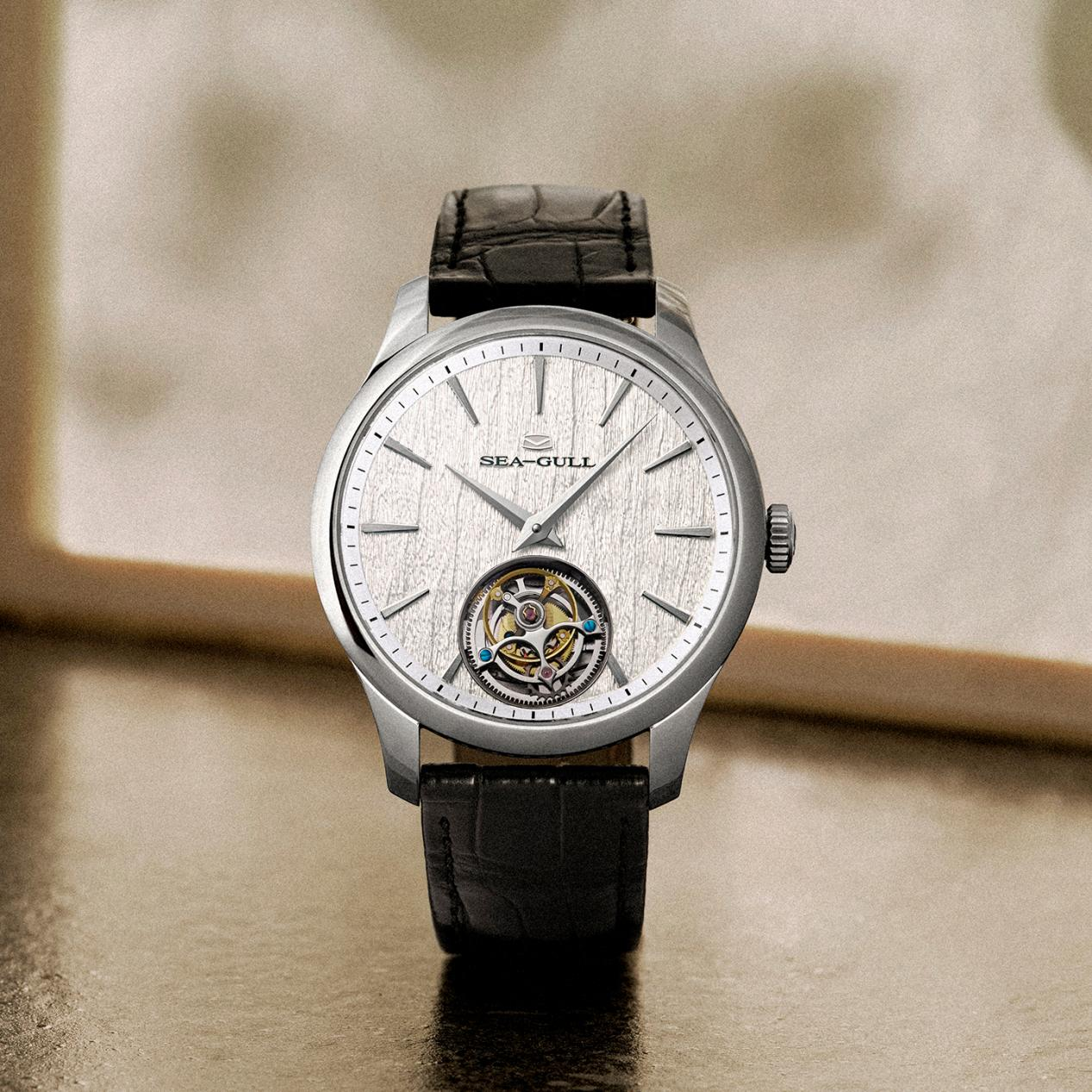
Moderne Weisheit, Guqin-Erbe
Dieses ultradünne Tourbillon ist von der chinesischen klassischen Ästhetik inspiriert: „官帽椅“ (Beamtenhut-Stuhl) und „古琴“ (Zither). Sein Zifferblatt interpretiert die geschwungenen Armlehnen des Stuhls und die Maserung des Klangbretts der Guqin neu und integriert traditionelle Elemente in ein einzigartiges, künstlerisches Design, das zeitlose Eleganz mit innovativer Uhrmacherkunst verbindet.
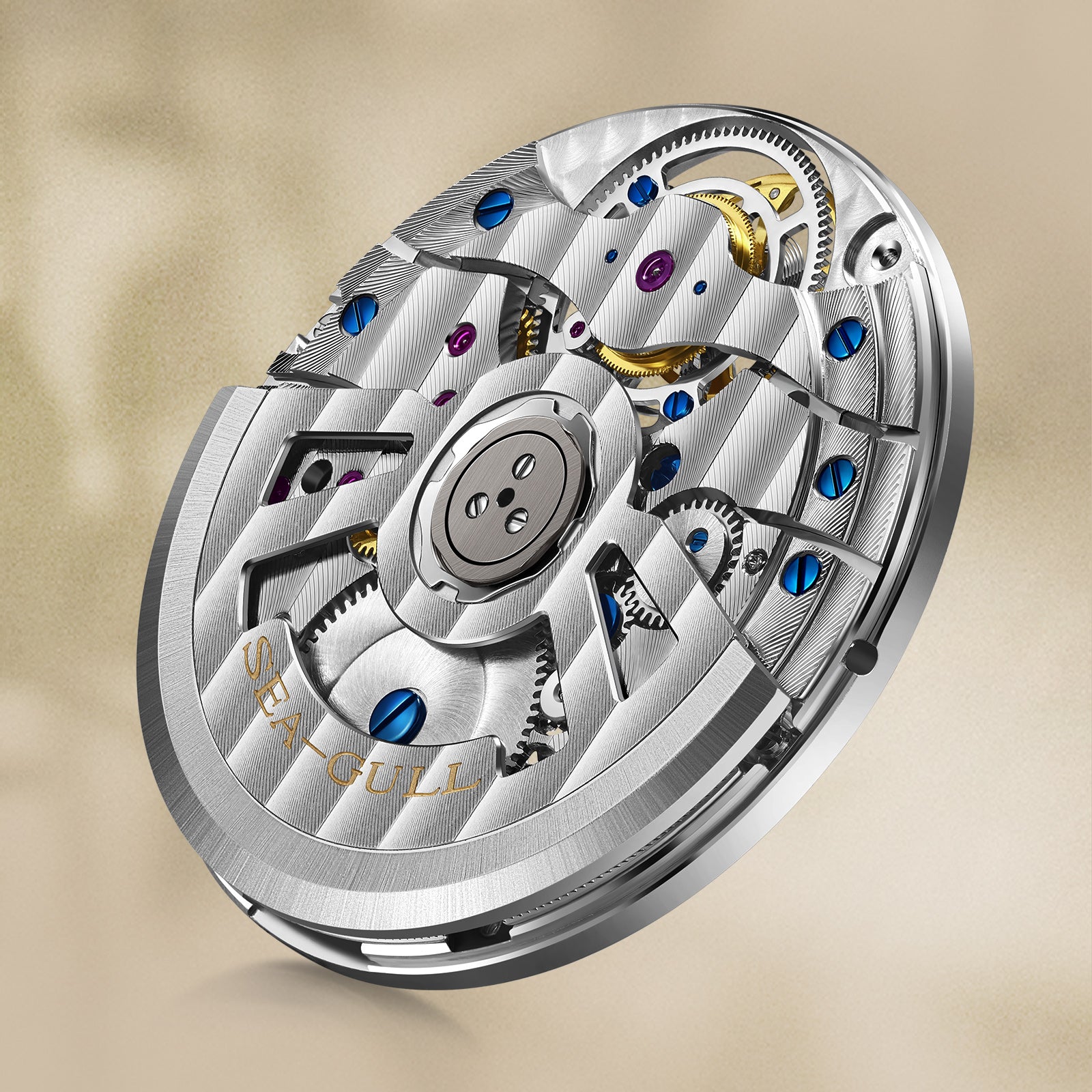
Ultra-Thin Craft: ST8610 Movement
The ST8610 movement sits at just 4.3mm thin, with its automatic rotor slimmed to 0.8mm—80% the thickness of traditional manual-winding movements.
Uhrendetails
The dial’s micro-engraved guqin crackle shifts with light—each line hums with time’s old melody, bearing the weight of years in every textured detail.
Beschreiben Sie ein Produkt, teilen Sie Ankündigungen mit oder begrüßen Sie Kunden in Ihrem Geschäft.
Teilen Sie Informationen zu Ihren Versandkosten, Rückgabebedingungen oder Kontaktinformationen.

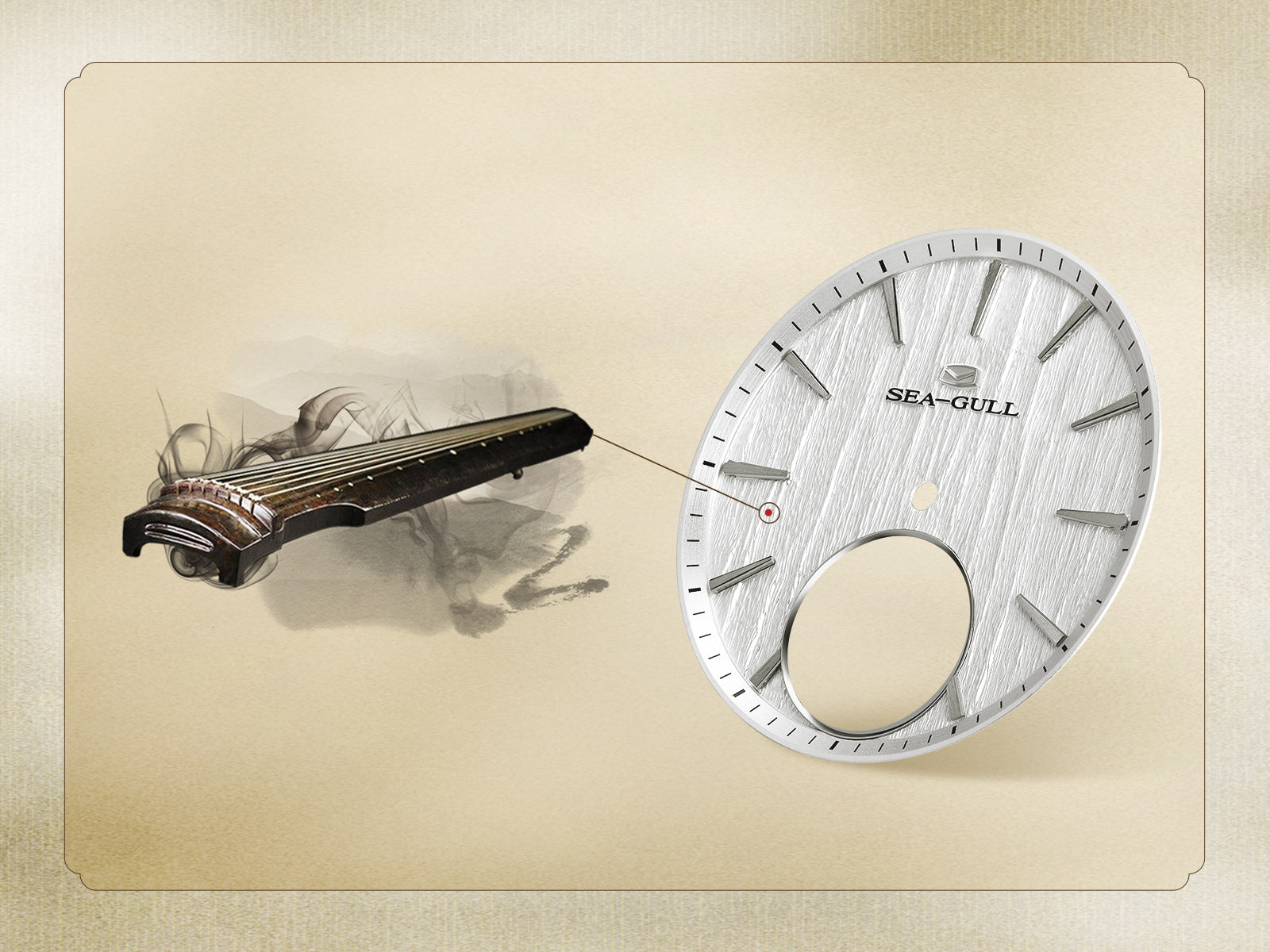
#1
Begrüßen Sie Ihre Kunden in Ihrem Geschäft, indem Sie vorübergehende Angebote teilen oder ihnen erklären, worum es bei Ihren Produkten geht.
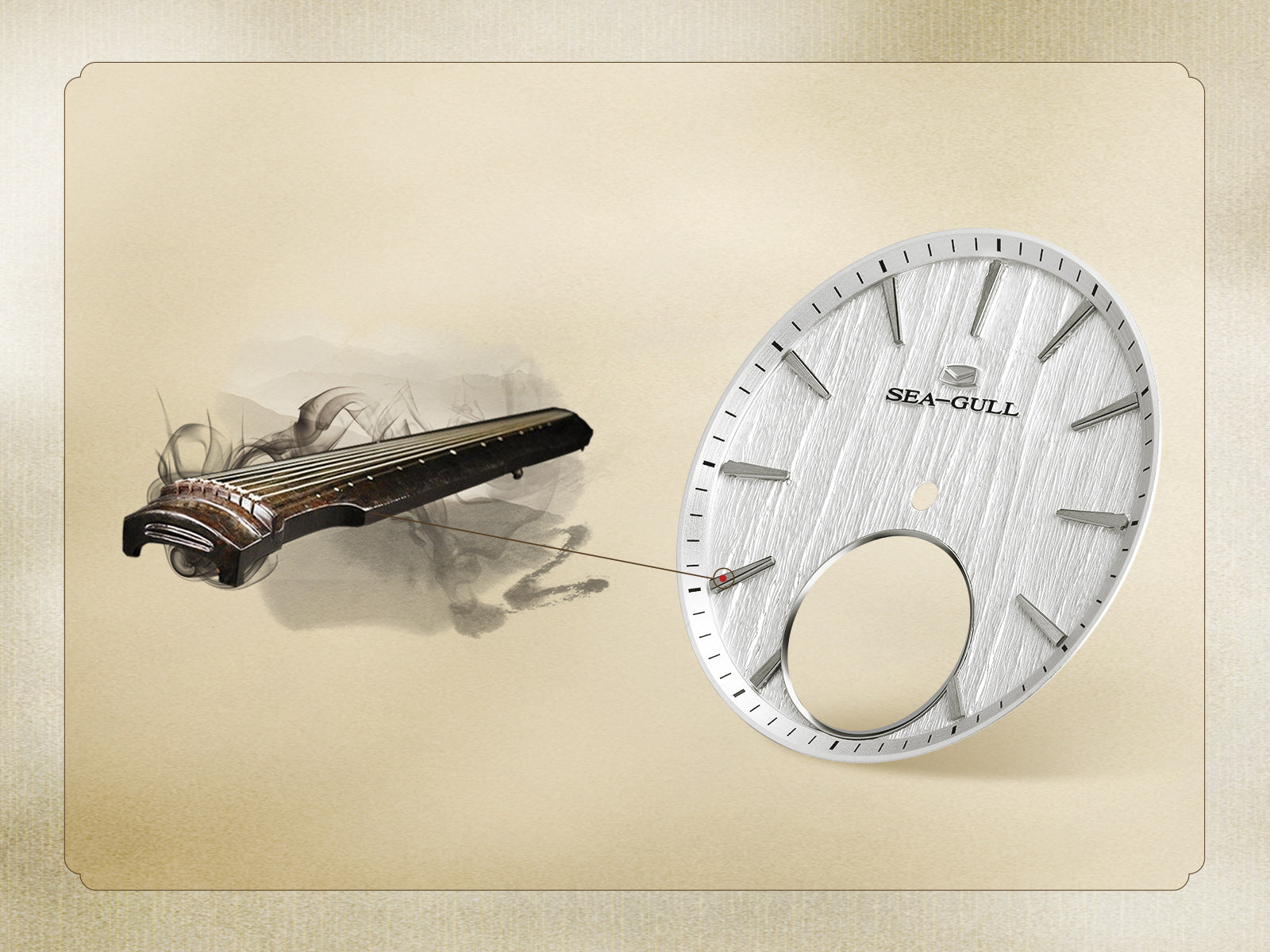
Raised Hour Markers
Inspired by the "Nine-Ring Hupei Qin" of the Tang Dynasty’s Fushi School, these 3D character studs replicate the iconic silhouette of ancient guqins—adding a tactile, three-dimensional depth that echoes the instrument’s timeless grace.
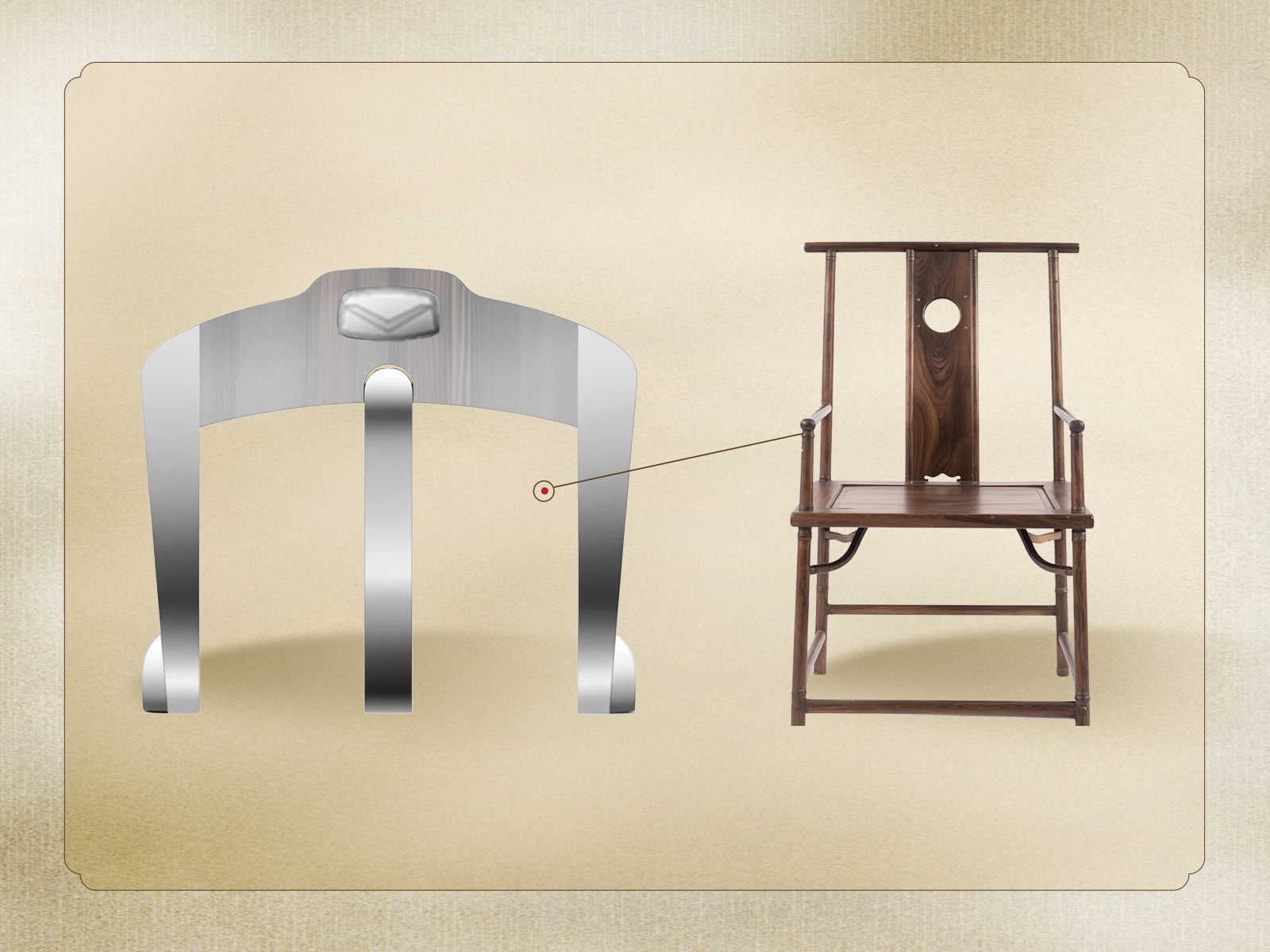
#2
Schaffen Sie Vertrauen bei Ihren Kunden, indem Sie die Geschichte Ihrer Marke erzählen. Teilen Sie Ihre Werte oder was Ihnen wichtig ist.
Sea-Gull
Han Dynasty
Inspired by Han culture
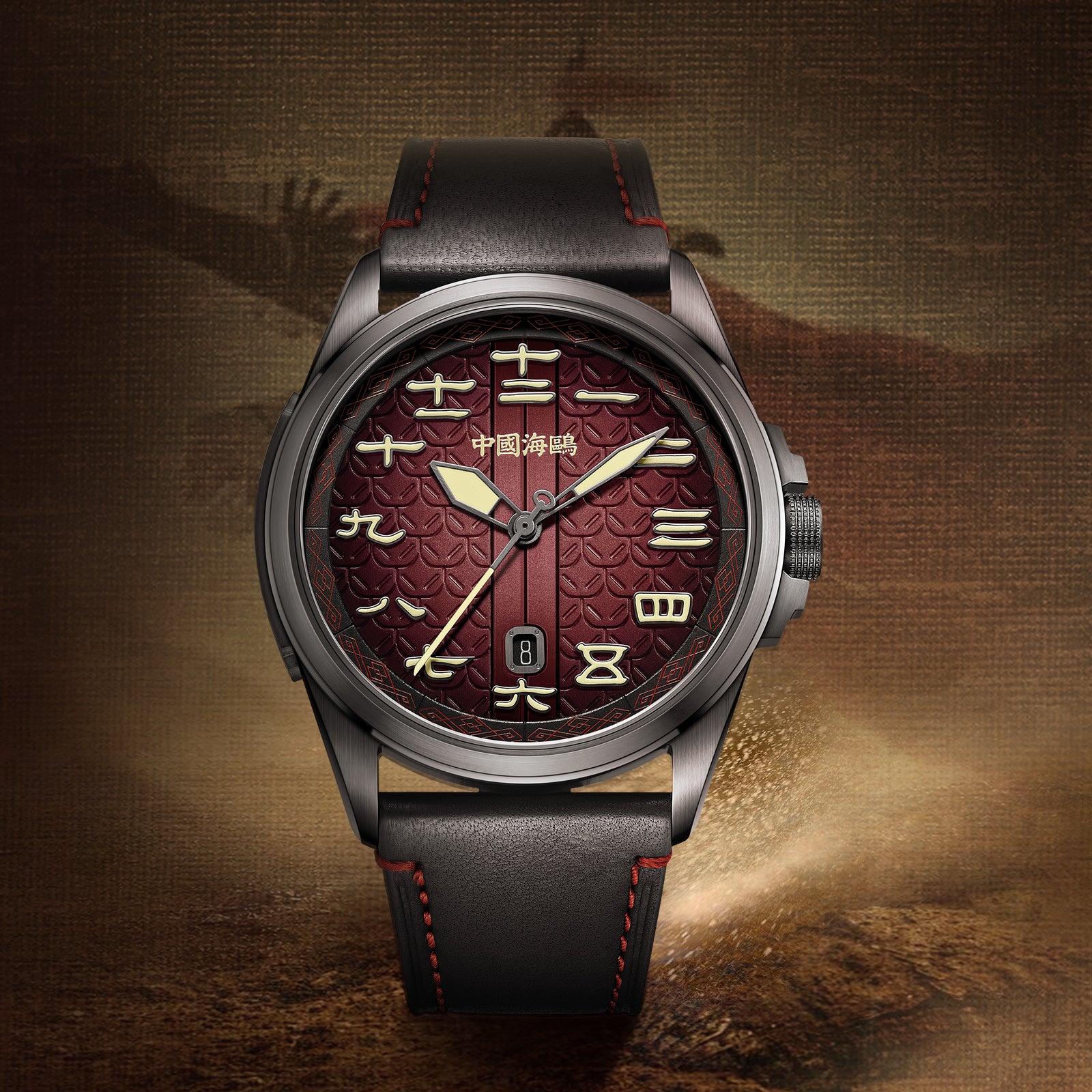
The Majestic Spirit of the Han Dynasty
Taking Han culture as the design inspiration, this watch integrates ancient elements into modern accessories. It infuses the indomitable national spirit and the profound Han culture into the timepiece, allowing the aspiration for national strength to transcend time.Cultivate a noble spirit and hold lofty ambitions.Experience the courage and power of soldiers from the cold weapon era over 2,000 years ago.
Heading
Use this text to share information about your brand with your customers.
Describe a product, share announcements, or welcome customers to your store.
Share information about your shipping rates, return policy or contact information.
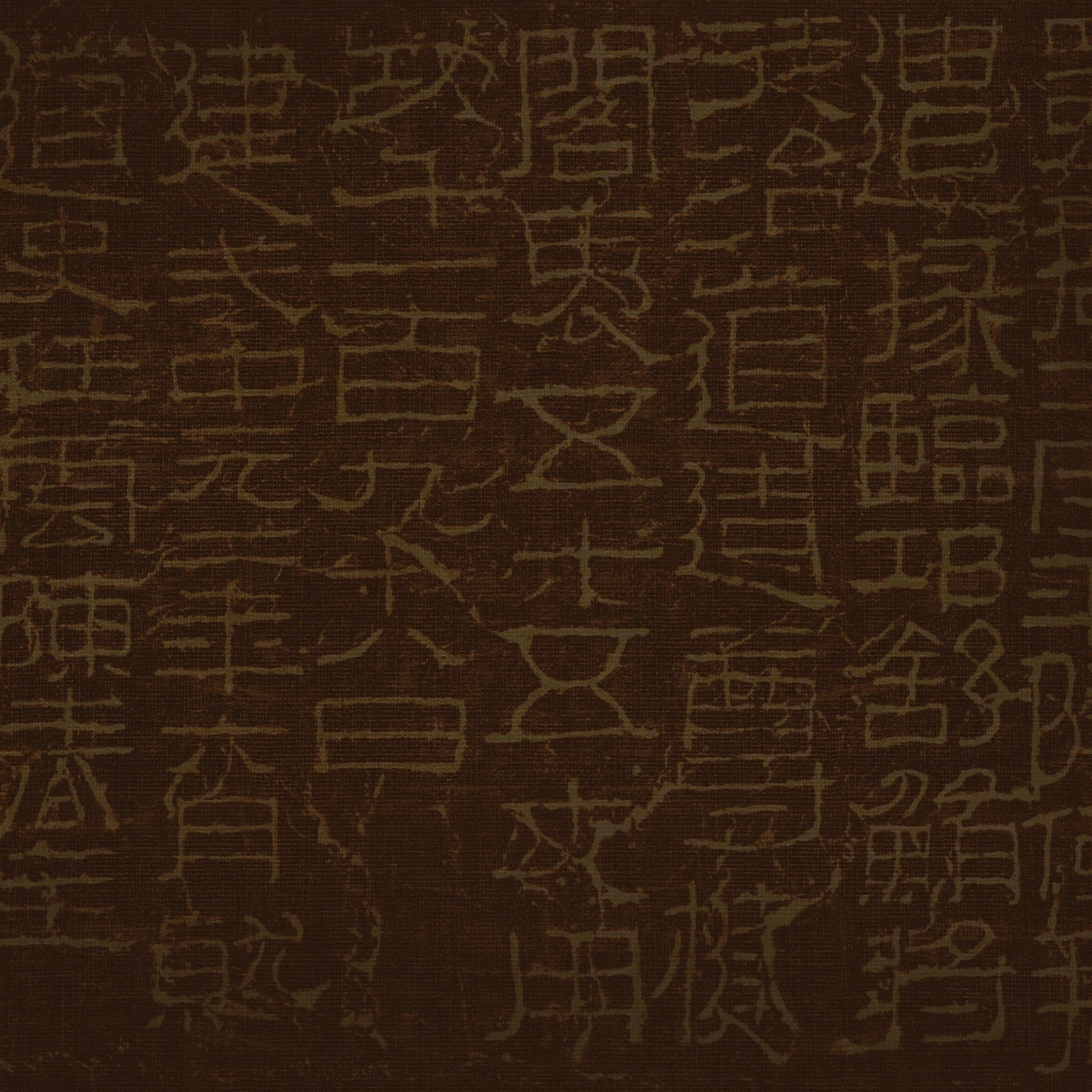
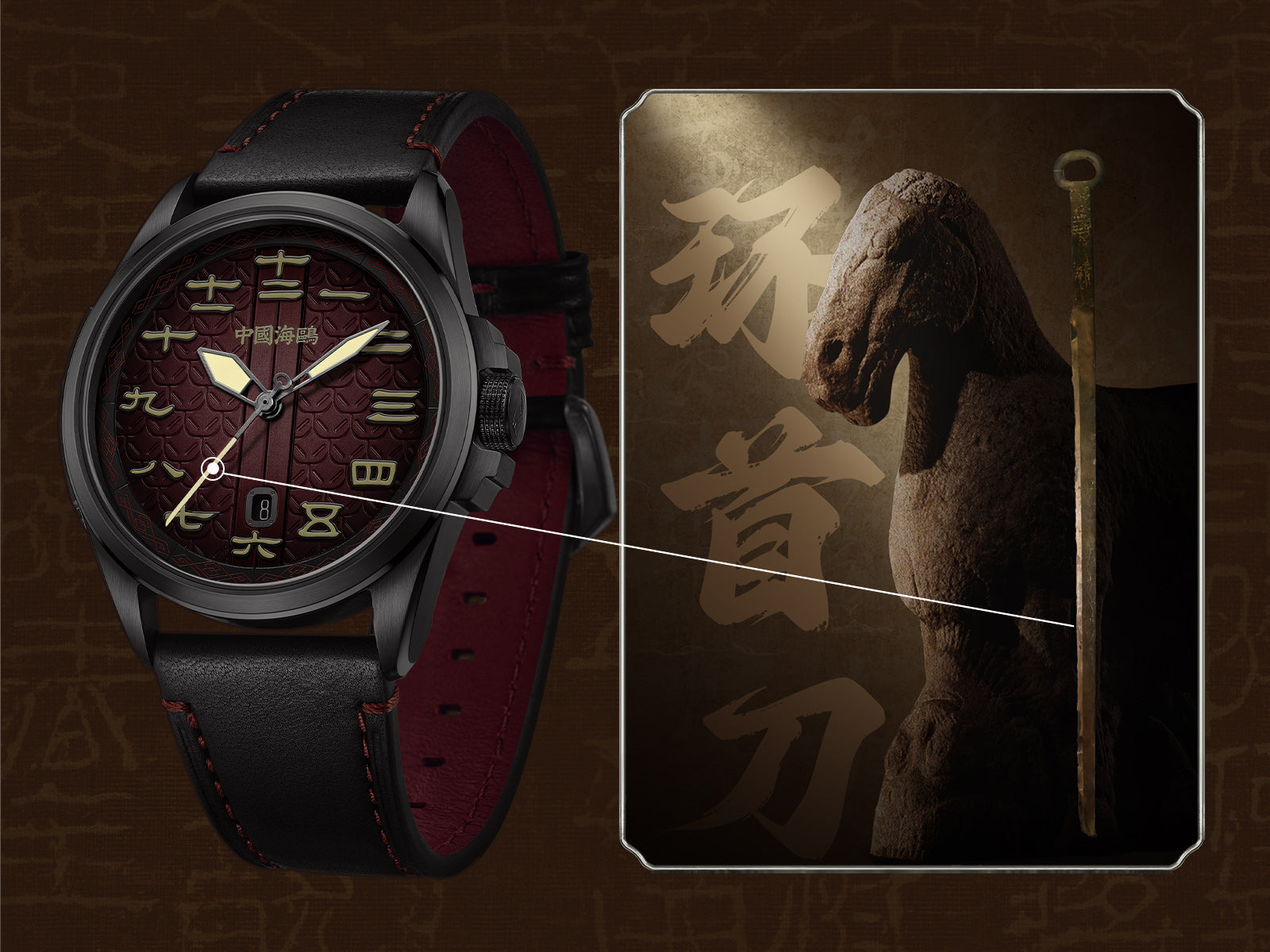
Han Sword Second Hand
The second hand's design is inspired by the ring-pommel sword of the Han Dynasty. Its single-edged blade rotates clockwise, exuding a majestic aura.
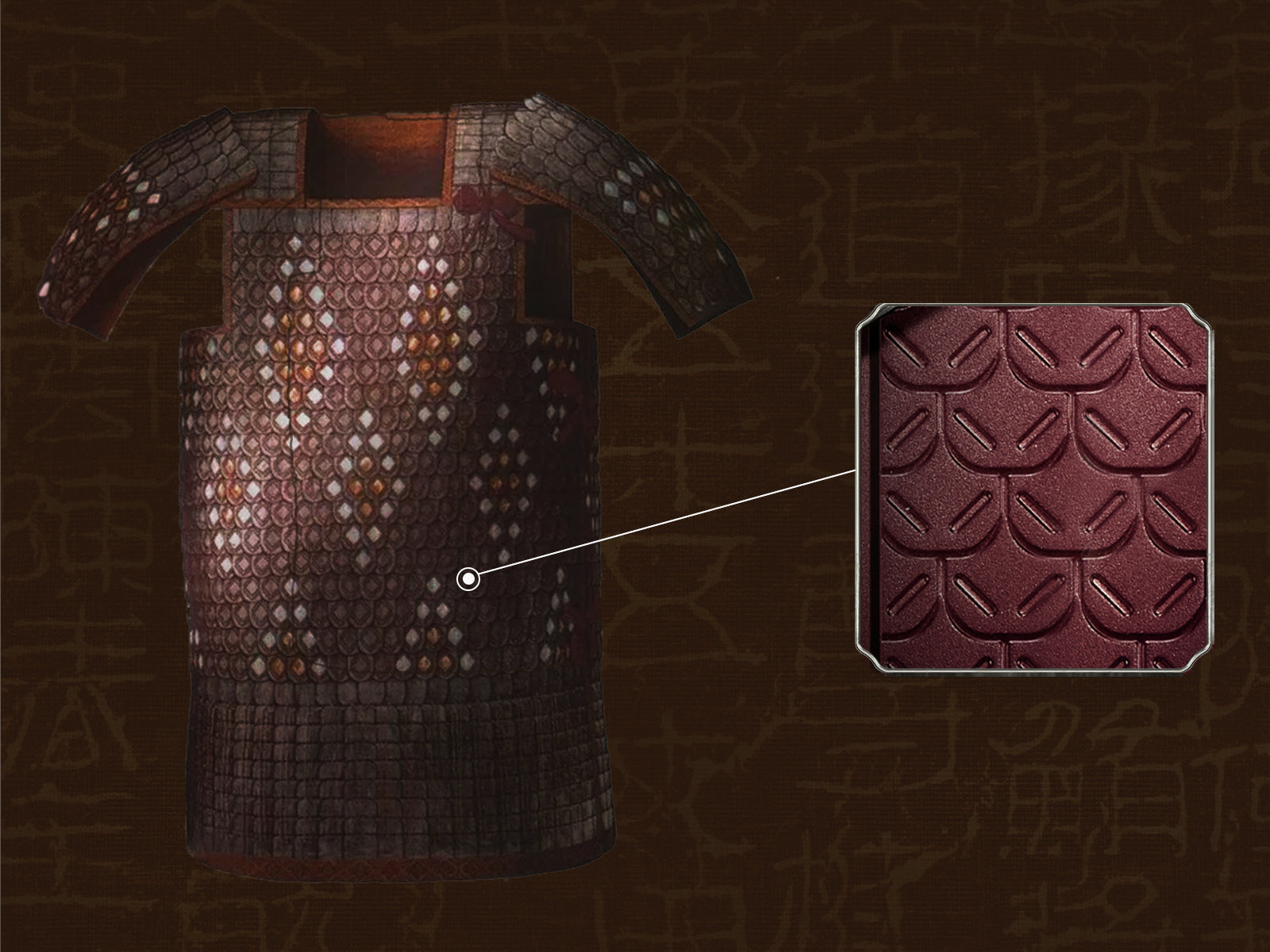
Han Dynasty Lamellar Armor
Han Dynasty iron armor was also called "Xuanjia" (black armor). Lamellar armor was a common style among Chinese iron armors, and also a widely used armor type in actual combat. From high-ranking generals down to ordinary soldiers, lamellar armor was commonly worn.
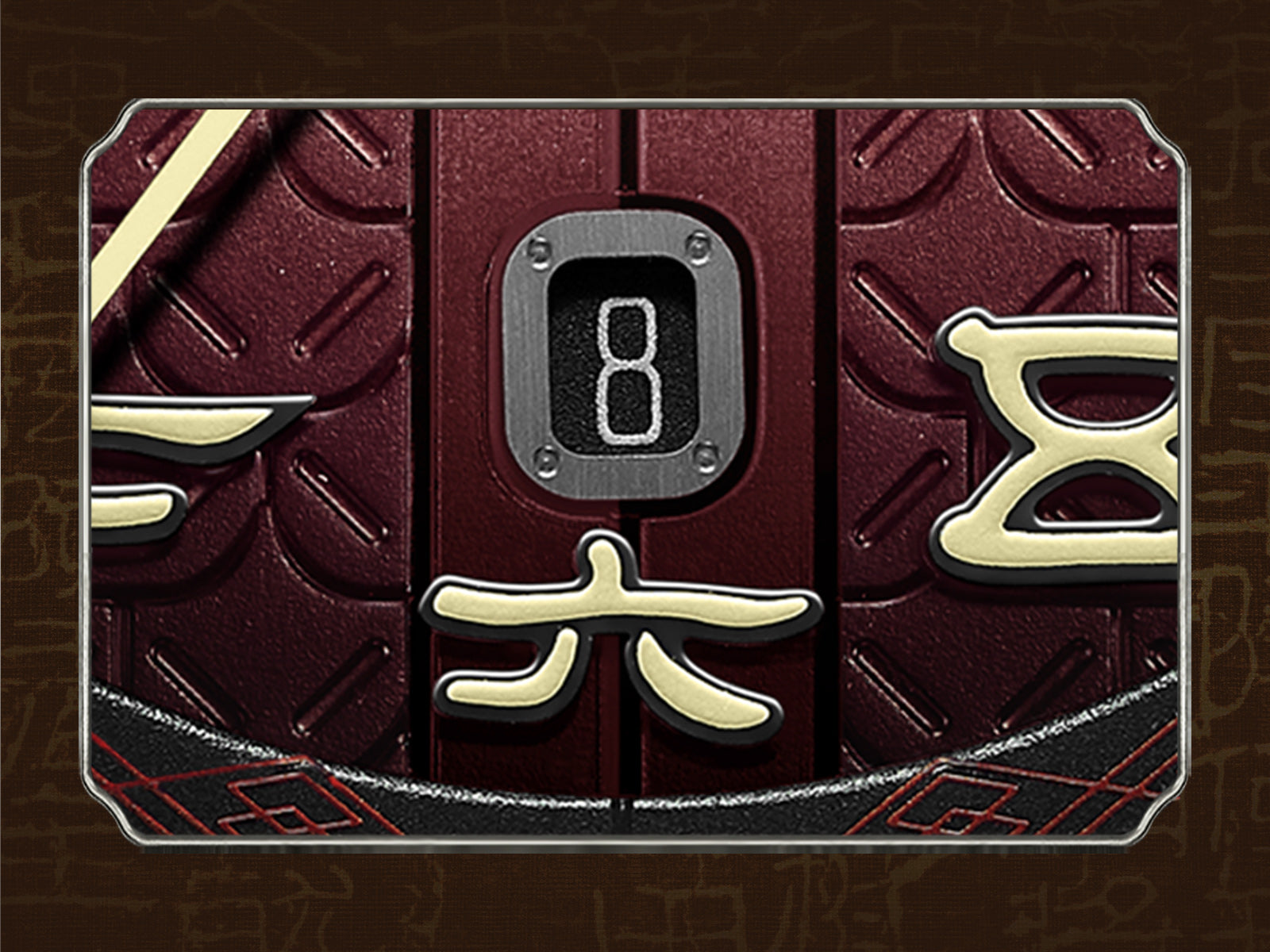
Calendar frame styled after dark iron armor scales
Sea-GUll




